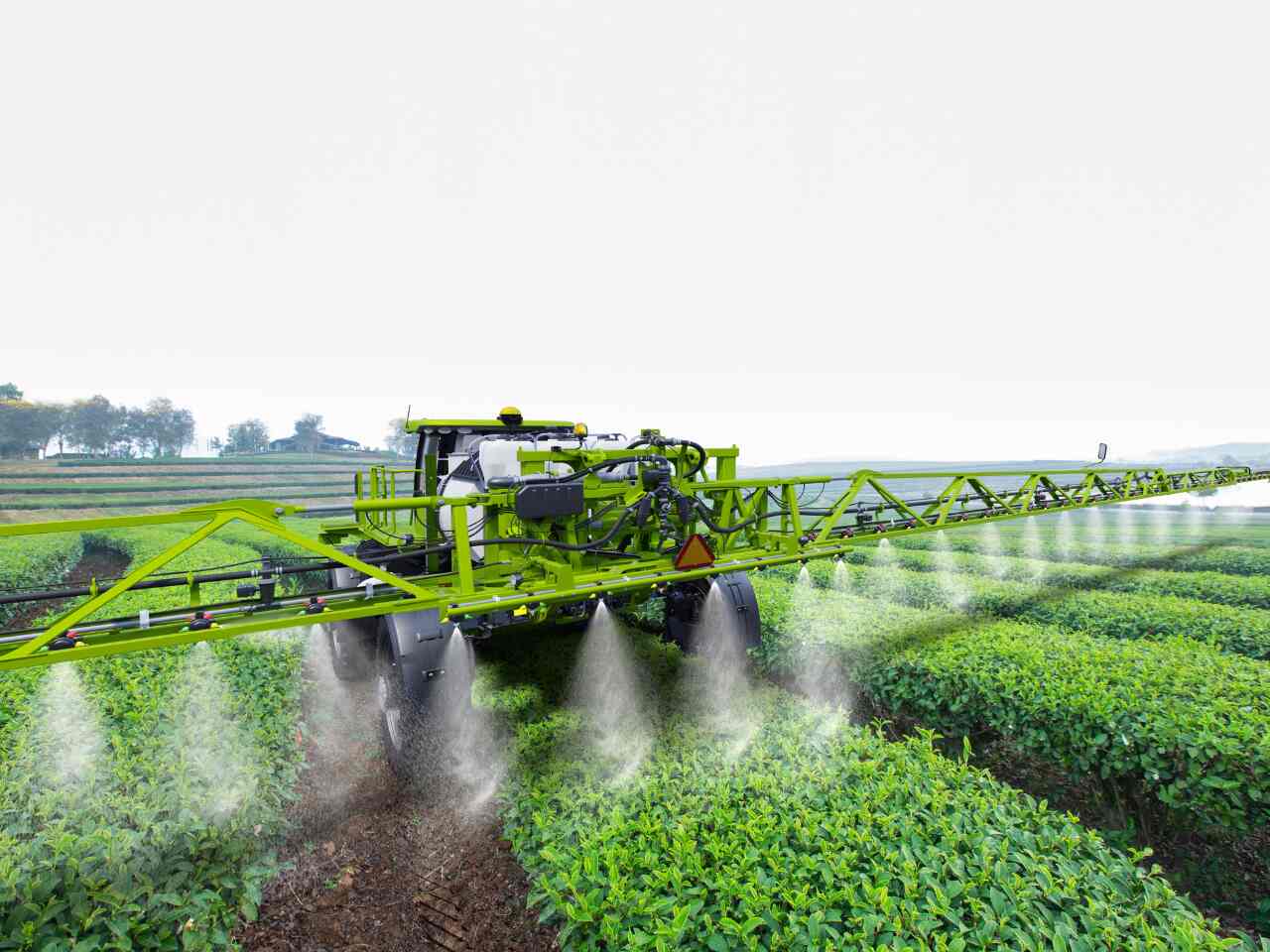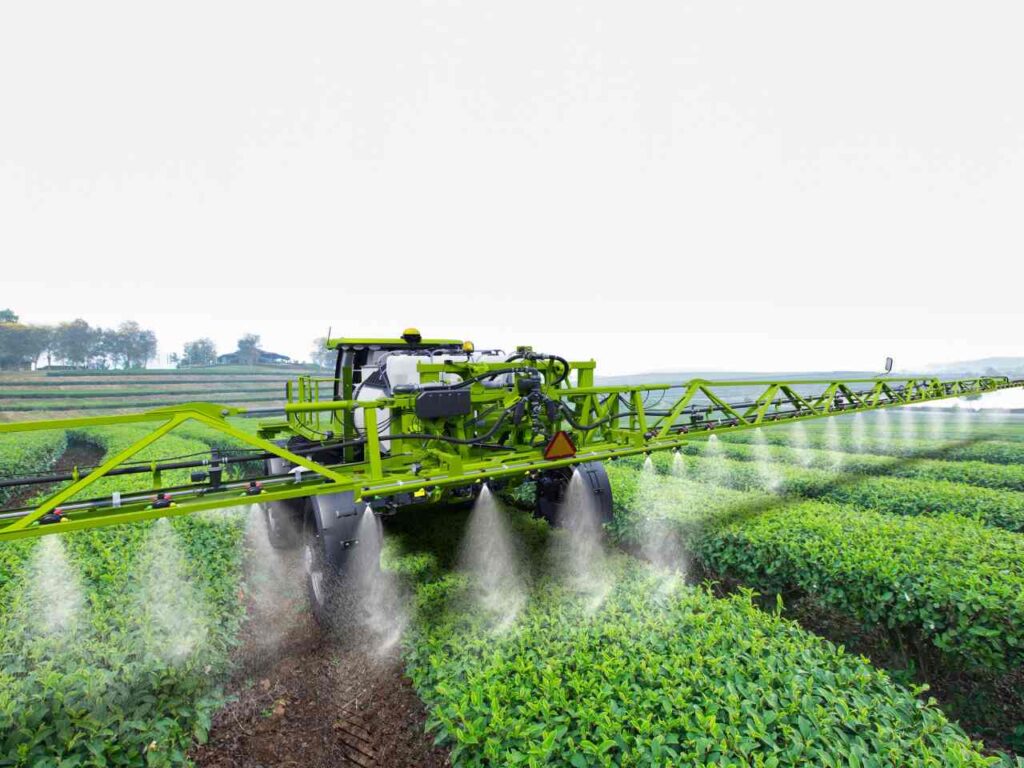
The Role of IoT in Smart Farming
The Role of IoT in Smart Farming: In the dynamic landscape of agriculture, the integration of Internet of Things (IoT) technology has emerged as a game-changer. This blog explores the transformative role of IoT in smart farming, revolutionizing traditional agricultural practices and enhancing efficiency.
Precision in Agriculture
IoT in smart farming introduces precision agriculture, leveraging sensors and data analytics to optimize crop yield. These technologies enable farmers to make data-driven decisions, ensuring resource efficiency and sustainable farming practices.
Soil Monitoring and Management
IoT sensors embedded in the soil provide real-time data on moisture levels, nutrient content, and temperature. This granular information empowers farmers to implement targeted irrigation, fertilization, and soil management strategies, optimizing crop health and productivity.
Smart Irrigation Systems
IoT-enabled smart irrigation systems revolutionize water management in agriculture. These systems analyze weather patterns, soil conditions, and crop requirements to deliver precise amounts of water, reducing water wastage and promoting sustainable water use.
Crop Monitoring and Growth Prediction
IoT devices, such as drones and smart cameras, monitor crop growth and health. Advanced analytics process this data, offering insights into disease detection, pest infestations, and predicting crop yields. This proactive approach enhances crop management and minimizes losses.
Livestock Monitoring and Management
Incorporating IoT in livestock farming ensures the well-being of animals. Wearable devices and sensors track vital signs, behavior patterns, and environmental conditions, allowing farmers to detect illnesses early, optimize feeding regimes, and enhance overall livestock management.
Connected Greenhouses
Smart farming extends to greenhouses, where IoT technologies create controlled environments. Sensors regulate temperature, humidity, and light, while automated systems adjust these conditions based on crop requirements. This level of control fosters optimal growth and resource utilization.
Supply Chain Optimization
The integration of IoT in smart farming extends beyond the fields to the entire supply chain. Sensors track the movement and condition of agricultural products from farm to market, reducing spoilage, ensuring food safety, and enhancing overall supply chain efficiency.
Farm Equipment Automation
IoT-enabled farm machinery and autonomous vehicles bring automation to the field. Smart tractors, drones, and harvesters equipped with sensors and GPS technology optimize planting, harvesting, and other critical tasks, reducing labor costs and increasing operational efficiency.
Weather Forecasting and Risk Management
Access to real-time weather data through IoT contributes to informed decision-making. Farmers can anticipate extreme weather events, mitigate risks, and plan accordingly, safeguarding crops and minimizing potential losses.
Data Security in Smart Farming
As IoT becomes pervasive in agriculture, ensuring the security of sensitive data becomes paramount. This section explores the challenges and strategies for securing IoT devices, networks, and data in smart farming applications.

The Role of AI and Machine Learning
The synergy between IoT and artificial intelligence (AI) enhances smart farming capabilities. Machine learning algorithms analyze vast datasets from IoT devices, offering predictive insights, optimizing resource allocation, and continuously improving farming practices.
Cost-Benefit Analysis
While the adoption of IoT in smart farming involves initial investment, the long-term benefits are substantial. This segment conducts a cost-benefit analysis, highlighting the economic advantages, resource savings, and improved sustainability associated with smart farming practices.
Overcoming Challenges
Despite its transformative potential, implementing IoT in agriculture comes with challenges. This section addresses issues such as connectivity in rural areas, scalability, and the need for standardized protocols, offering insights into overcoming these obstacles.
Future Trends and Innovations
The evolution of IoT in smart farming is an ongoing process. This part explores emerging trends and innovations, including edge computing, 5G connectivity, and the integration of blockchain technology, shaping the future of agriculture.
Environmental Impact and Sustainability
Examining the broader implications, this segment assesses the environmental impact of IoT in smart farming. It evaluates how sustainable practices, reduced resource consumption, and precision agriculture contribute to environmental conservation and address the challenges of climate change.
Conclusion | The Role of IoT in Smart Farming
The integration of IoT in smart farming represents a transformative shift in agriculture. From precision agriculture and livestock management to supply chain optimization and environmental sustainability, IoT technologies redefine traditional farming practices. As we navigate this technological frontier, embracing innovation and addressing challenges will pave the way for a more efficient, sustainable, and resilient future in agriculture.

Leave a Reply